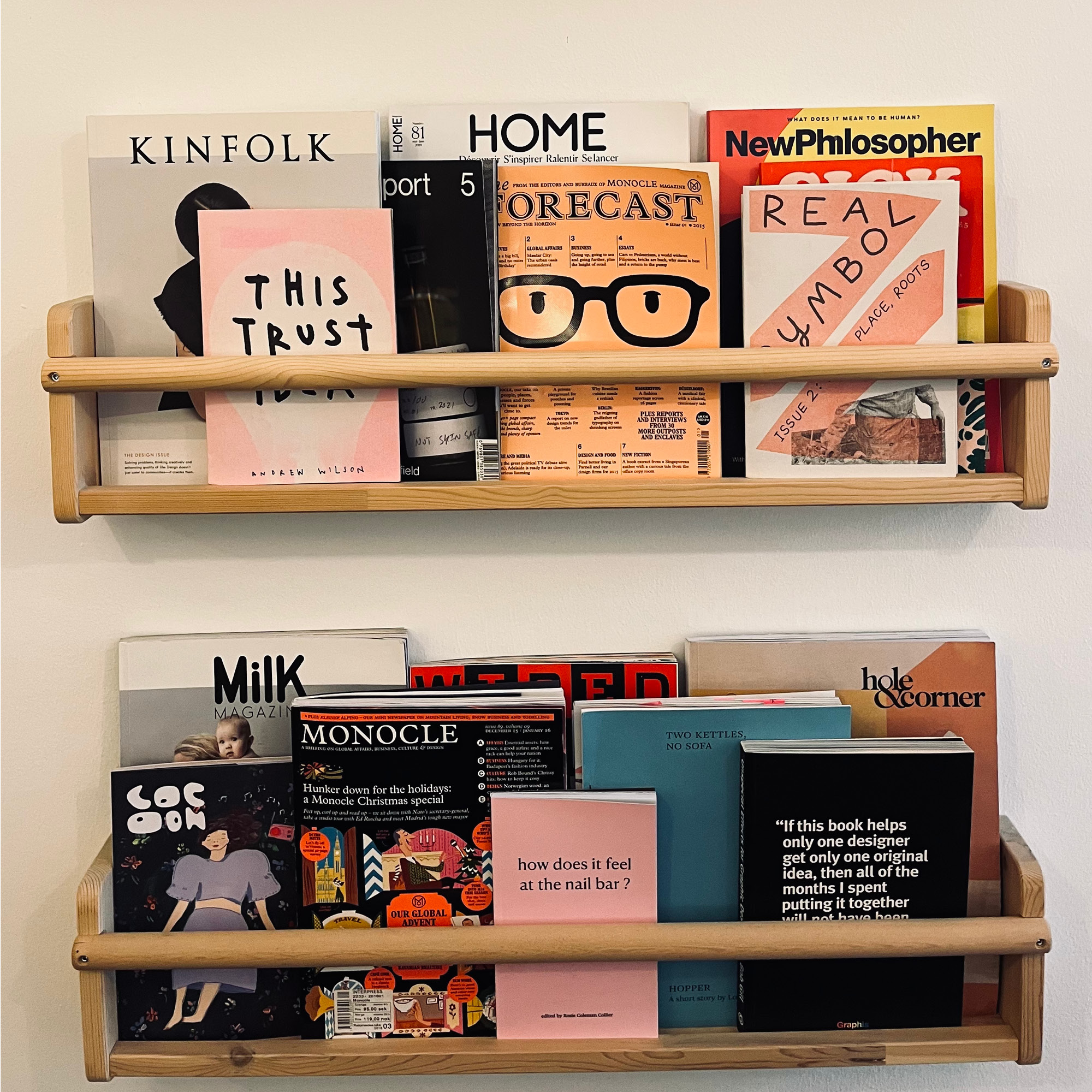The Curious Advantage: Why Trends Matter in Your Company Culture

At the heart of the world’s most innovative brands is a culture of curiosity. Building a culture of curiosity doesn’t mean a knee-jerk reaction to every element of change or trend that occurs, but when companies switch their entire workforce on to listening for signals of change, amazing results happen.
Founder and CEO of TrendBible, Joanna Feeley shares the importance of why trends matter for brands and businesses to see the world differently, challenge the norm and drive innovative progress.
“Whether we like it or not change happens.”
Change is a constant. Regardless of your product development or innovation cycle, to thrive you’ll need to build in a system that fosters curiosity through trend intelligence gathering. That clearly tells you what to do next with your findings.
One of the most difficult things to get right in a large organisation is knowing which topics – or trends – the company cares most about. As part of the research process, trend leaders, designers and insight teams, often flag key topics they think the company should have an opinion about. But often these topics don’t get any airtime amongst senior management or in the board room. These teams are usually working to a regular cadence of spotting new trends –seasonally or even more regularly, whilst senior management can be working to a 3-5 year loop on company strategy. It’s easy to see how there could be confusion and friction, and how a critical trend can fall through the gaps of an organisation. This is simply because different teams are working to different time horizons.
“When a culture of curiosity works well, anyone can raise pertinent, challenging questions.”
If future change only gets discussed in silos it’s not enough to create a joined-up, well synthesised approach to spotting and responding to weak signals of change. Many a new trend that is carefully identified, and enthusiastically backed, loses momentum as it makes its way through the organisation from idea to product, simply because it’s not championed through the whole cycle. When a culture of curiosity works well, anyone can raise pertinent, challenging questions about future topics or trends.
“Think beyond product.”
Today’s trends encompass more than just design, colour, material and shape; they touch on significant societal and cultural topics. Over the past decade, audiences are pushing brands and businesses to explore much deeper and more serious topics such as gender diversity, personal values systems and environmental impact.
Joanna explains, “I reluctantly refer to these topics as trends, but only in as much as they are shape-shifting and changing all the time. When we talk about them as trends, I’m not trying to insinuate these are things we pay attention to for a season and then move on to something else the next. These topics become relevant and eventually get so big and so embedded that they become woven into the fabric of society and fail to be identifiable as trends.”
“Create the right environment for discussion and debate.”
When talking about some of these big societal and cultural shifts, we need to create a particular environment in which to have the right discussions about how we might respond as a company. Joanna explains, “I’ve learned that it can be difficult for team members to know what they can and can’t bring to the table for discussion and that this differs from country to country. In some cultures, it’s a welcome conversation to talk about how Pride Month or International Women’s Day will influence audiences and how the brand might respond. In other cultures, it is at best, taboo or at worst, is forbidden altogether.”
So, if you’re going to create a space for talking about future trends, it must be a safe space for discussion, given that we’re often talking about very important topics.
So how do you create a culture of curiosity?
1. Create some ground rules – make sure everyone knows how to behave respectfully when you’re hosting trend discussions.
2. Role model the culture of curiosity you want to see from your colleagues – share ideas openly. Make it a safe space to share without fear. Be clear that curiosity feeds innovation.
3. Ask people to pose questions – at TrendBible we often use Miro as a place to collect contributions. Some of the best results have come from our clients’ asking things like ‘What are we doing about inclusivity beyond Pride month?’
Curious Matters
Curiosity stimulates real change. It lets us see things differently. It opens new avenues and outlets. It challenges the norm and drives progress. It can have an impact on every aspect of our lives and touch every moment of our day. Curiosity makes our world a better place. Be Curious.